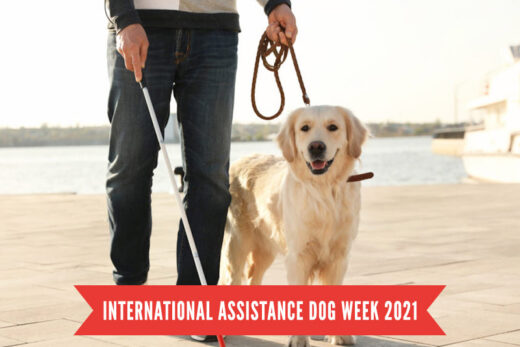
Unlike in the past, airlines are no longer just getting more people onto flights. They are also taking in dogs. The thought of flying with your dog may sound great, but it is a lot more complicated and expensive than flying solo.
If you are flying with your dog for the first time, you want to keep it safe and happy without making others uncomfortable.
The recent death of Kokito, the French bulldog, has worried many pet parents. The dog died on a flight from Houston to New York City. Because of the airline’s regulations, it had to travel in an overhead bin.
Understanding the regulations of your plane could help you avoid such unfortunate instances. Here are some of the most important things to keep in mind when flying with your dog.
Carry-On or Cargo?
The size of your dog will determine where it’ll spend the flight. It may also help you determine if it is safe to bring it with you. Although every airline has unique rules, there are a few general rules.
Usually, your dog can only fly as a carry-on if it can fit in a carrier under the seat in front of yours. If it is bigger, it has to travel in the cargo hold. Most airlines call this ‘shipping’ your pet.
Traveling in the cargo hold can be uncomfortable even though airlines say they try to make dogs as comfortable as possible. Being separated from you can make your pet uneasy.
However, hundreds of dogs travel in cargo every year without any significant incidents. Think about the size of your dog and determine if you are making the right decision.
Pick Your Flight Carefully
If possible, choose non-stop flights and avoid transfers. Don’t travel during the holidays or when airports are likely to have more activity than usual. This way, you can make the flight less stressful and reduce the risk of anything going wrong.
If your dog is large and has to fly in cargo, be considerate of the weather at your destination. If your destination is warm, consider using a late night or an early morning flight. This way, the temperatures will be bearable when you get there. If the temperatures are too cold or too hot, airlines may deem it unsafe for your pet to fly.
Contact Your Airline
Most airlines can only allow a few dogs for every flight. Get in touch with them to find out if they have space for you before booking a flight. When making reservations for yourself, make reservations for your pet at the same time.
Use An Appropriate Carrier
You’ll need to bring a crate or carrier regardless of where your pet will spend the flight. The International Air Transport Association has specific guidelines for airlines to follow. Pet carriers have to meet certain requirements.
First, your carrier has to be strong and well-ventilated. It should have a leak-proof bottom and strong handles. The carrier must be clearly marked as ‘Live Animal’ with arrows showing which way is up. There should be a label with your name, contact information, and destination.
Prep Your Dog
Get your dog ready for the flight. Speak with a vet about the medication, food, and water requirements before the flight. Experts have different opinions about tranquilizing or sedating your pet before a flight. Make a decision that suits the specific needs of your pet. Some CBD oil helps ease anxiety and keep your dog happy during the flight.
Understand that sedation may have a few health risks and that some airlines prohibit it unless you have a vet’s note. Get your dog familiar with its carrier or crate ahead of the trip. If possible, take a trip around the airport’s departure area so they can become comfortable with it.





